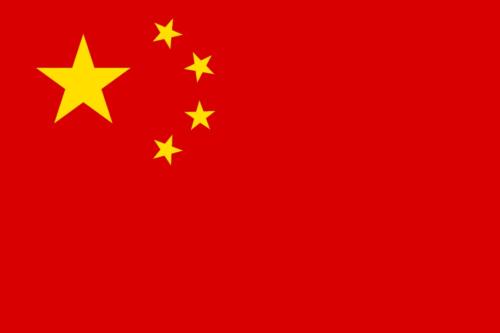
In a bid to improve the quality of Utility Models and Design Patents granted in China, the Chinese State Intellectual Property Office (SIPO) has put forward proposals to impose tougher examination requirements for Chinese Utility Model and Design Patent applications.
Currently, a Chinese design patent application does not undergo substantive examination. This means that, although the Chinese Patent Law requires a design to be new and distinctly different from any one of the existing designs known anywhere in the world, in practise, a Chinese Examiner does not conduct any searching during examination of the design application. Based on the current Examination Guidelines, the Examiner is only required to examine the application based on the application details and what is considered to be common knowledge of a general consumer.
Equally, although a Utility Model application is required to be novel, creative and of practical use under the Chinese Patent Law, the level of examination requirement is similarly low.
Considering an Invention Patent application, which is the equivalent of a standard patent available in countries or regions such as the UK, Europe or the US, typically takes around 3 to 6 years to grant, grant of a Utility Model can be obtained relatively quickly, typically between 10 to 18 months. A Design Patent can be even quicker. As such, a Chinese Utility Model, or a Chinese Design Patent, has been a faster, cheaper and easier way to obtain patent protection for an invention, compared to an Invention Patent. Both forms of patent protections have been proving popular. In 2011, SIPO granted 408,000 Utility Models and 380,000 Design Patents.
However, this may all be about to change. In a public consultation issued in February 2013, SIPO has indicated that the lack of substantive examination for Utility Model and Design Patent applications have caused patents to be granted to inventions or designs that are already known, or caused patents to be granted to inventions or designs more than once, i.e. double patenting.
In order to improve the quality of Utility Models and Design Patents, SIPO is proposing to amend the Examination Guidelines such that Examiners are encouraged to conduct searches on existing technologies and designs when examining Utility Model and Design Patent applications. Furthermore, the Guidelines proposed to be amended such that Examiners are not restricted as to how such information are obtained.
It is envisaged that if SIPO is to implement its proposed changes to tighten examination procedures for Utility Model and Design Patent applications, the costs and time required to see such applications through to grant are also likely to increase.
Early indications suggest that SIPO may already be implementing changes and Examiners will be improving enforcement of the novelty requirement for such applications. However, even with tighter examination requirements, for an invention with a short commercial life and somewhat limited novelty, a Utility Model application should still be the favoured choice of patent protection in China.
Further updates on the outcome of the consultation and Chinese Patent Examination Guidelines are available on our website.
If you would like further advice on how best to protect your invention(s) in China, please call or e-mail us.


